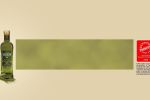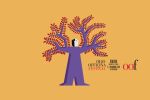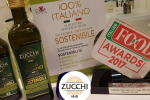25 July 2016
Herbal teas are perhaps one of the oldest examples of blending history has to offer. By definition, a herbal tea is made by combining at least two plants, one main and one supplementary, which are mixed together to create a flavour which is balanced in terms of taste and other sensory characteristics.
The second herb used in addition to the main one is known as the “corrigent” or “improver” because it improves its taste and fragrance.
There are also “filler” herbs, added to make the tea more attractive visually, because they change its appearance to make it more appetising.
In winter, herbal teas are an excellent aid to keeping the cold at bay, perhaps before going to bed, as “a special pleasure before sleeping”.
However, many herbal teas can also be enjoyed cold. They are delicious, cool and thirst-quenching after a few hours in the refrigerator or with a little ice added.
So blending in herbal teas, as in oils, is not just a matter of taste: it requires the right mix of therapeutic properties and flavour. What matters is that they satisfy all the senses.






